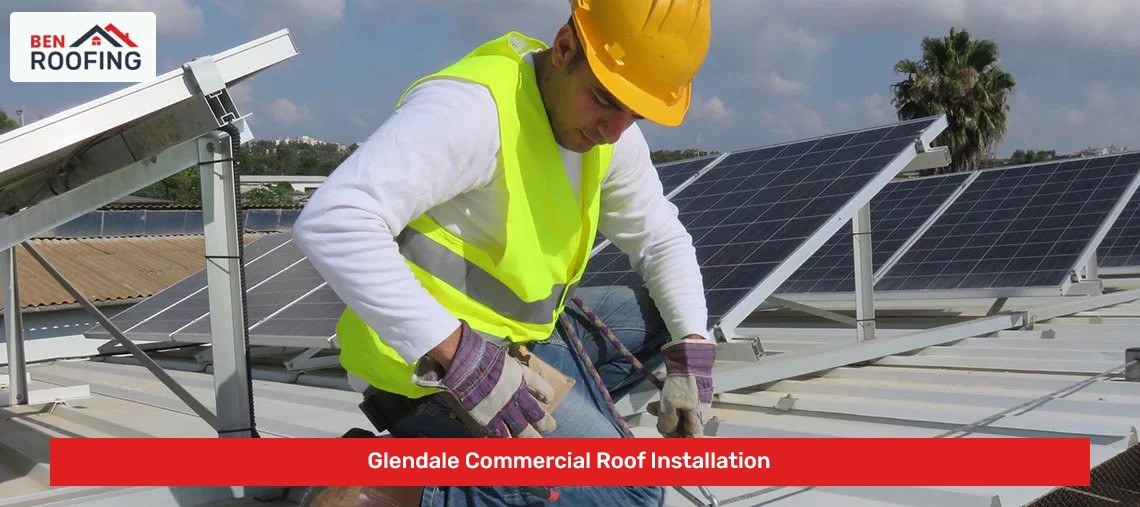It is important to get professional roofing services in Glendale for commercial roof installation at the right time. Here are some of the situations when you need to get commercial roof installation

Schedule a consultation when planning for Glendale commercial roof installation, it is important to make the right choices. Here are the ideal choices in different scenarios
| Roofing Material | Advantages | Ideal Buildings |
| Thermoplastic Olefin (TPO) | – Energy-efficient and reflective – Resistant to UV rays, chemicals, and punctures – Easy installation and maintenance | – Office buildings – Retail stores – Warehouses |
| Ethylene Propylene Diene Monomer (EPDM) | – Durable and long-lasting – Resistant to weathering, UV rays, and ozone – Flexible and easy to install | – Flat or low-slope roofs – Industrial buildings – Hospitals |
| Built-Up Roofing (BUR) | – Excellent waterproofing capabilities – High durability and fire resistance – Can withstand heavy foot traffic | – Low-slope or flat roofs – Commercial complexes – Restaurants and hotels |
| Metal Roofing | – Long lifespan and durability – Energy-efficient and recyclable – Resistant to fire, insects, and rot | – Industrial buildings – Retail centers – Warehouses |
| Modified Bitumen | -Provides excellent waterproofing – Flexible and resistant to weather extremes – Suitable for low-slope roofs | – Shopping malls – Schools and universities – Apartments and condominiums |
Here are the different designs that you can explore for your Glendale commercial roof installation

While commercial roofs can be installed year-round, weather conditions can affect the installation process. Extreme temperatures, heavy rain, or snowfall may impact the timeline and effectiveness of the installation. It is important to consult with our team to determine the best time for installation based on the local climate and weather patterns.
Depending on your location and the type of roofing system installed, there may be tax benefits or incentives available for commercial roof installations. These incentives can include energy efficiency tax credits, rebates, or grants.
Yes, the commercial roof installation process can be an opportune time to incorporate additional features such as solar panels, rooftop gardens, skylights, or HVAC equipment. Discuss your plans with your roofing contractor beforehand to ensure the design and structural considerations are accounted for during the installation.